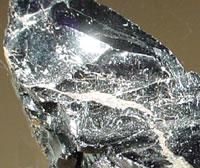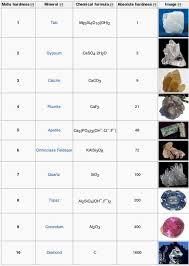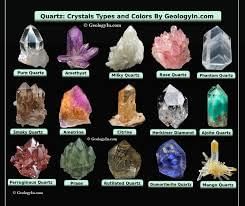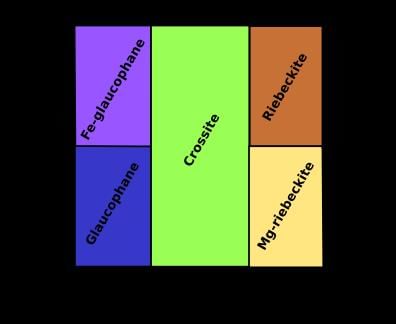|
Card: 1 / 38 |
Minerals are composed solely of single elements like sulfur and copper. True or False? |
|
Card: 2 / 38 |
False. Minerals are typically composed of two or more elements, although single element minerals do exist. |
|
Card: 3 / 38 |
About ___ percent of the Earth's crust is composed of eight elements including oxygen, silicon, and aluminum. |
|
Card: 6 / 38 |
The primary source of all minerals is the hot magma in the interior of the Earth.  |
|
Card: 7 / 38 |
Fill in the blank: When magma cools, ___ of minerals appear and a systematic series of minerals are formed. |
|
Card: 10 / 38 |
Cooling magma allows for the crystallization of minerals, which solidify in a systematic sequence to form rocks. 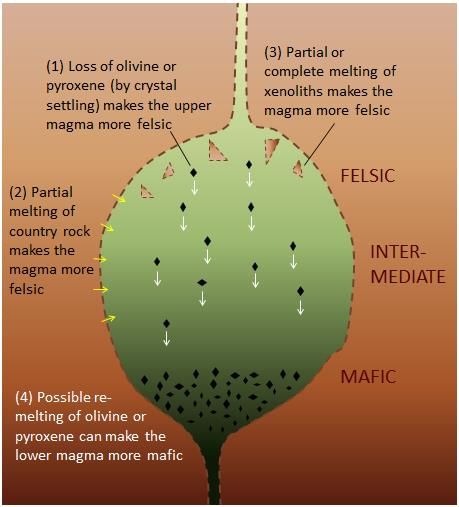 |
|
Card: 13 / 38 |
The external crystal form of a mineral is determined by its ___ arrangement of molecules. |
|
Card: 15 / 38 |
True or False: Cleavage in minerals refers to the irregular manner of breaking without any plane. |
|
Card: 16 / 38 |
False. Cleavage refers to the tendency to break along defined planes due to the internal arrangement of molecules.  |
|
Card: 17 / 38 |
Fracture in minerals occurs when the internal arrangement of molecules is too complex to produce ___. |
|
Card: 19 / 38 |
Minerals can be classified based on their lustre; for example, a mineral with a shiny appearance is described as having a ___ lustre. |
|
Card: 21 / 38 |
Fill in the blank: The Mohs scale of hardness ranks minerals from ___ to ___, with talc being the softest and diamond being the hardest. |
|
Card: 24 / 38 |
Hardness indicates the relative resistance of a mineral to being scratched, helping to identify and classify minerals.  |
|
Card: 25 / 38 |
Fill in the blank: Minerals may have distinct colours due to their molecular structure or due to ___ contaminants. |
|
Card: 27 / 38 |
True or False: Opaque minerals allow light to pass through so that objects can be seen clearly. |
|
Card: 35 / 38 |
Which mineral is known for its use in electrical instruments and constitutes about 4% of the earth's crust? |
|
Card: 37 / 38 |
True or False: Pyroxene makes up 10 percent of the earth's crust and is typically found in a brown or red color. |









